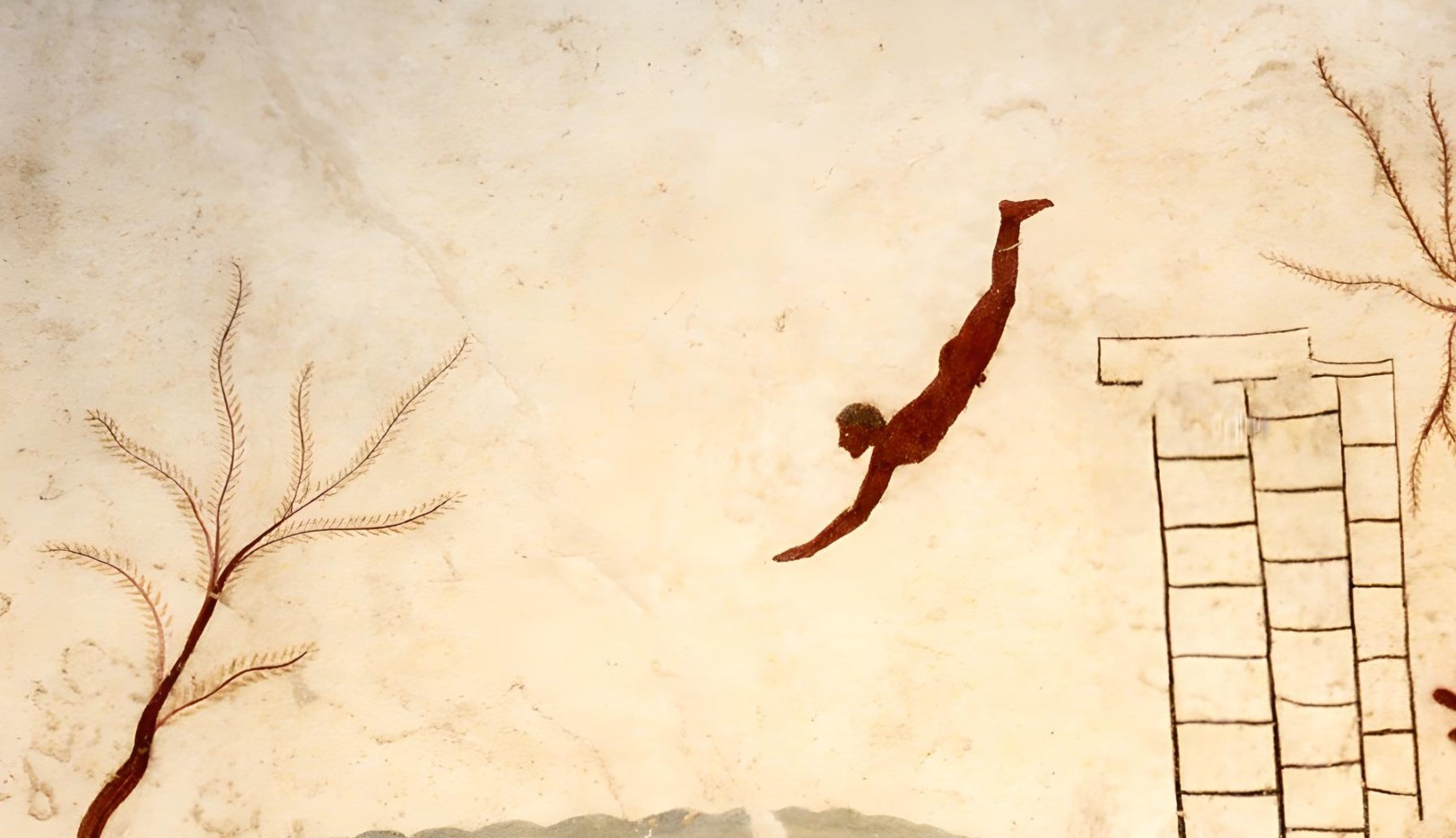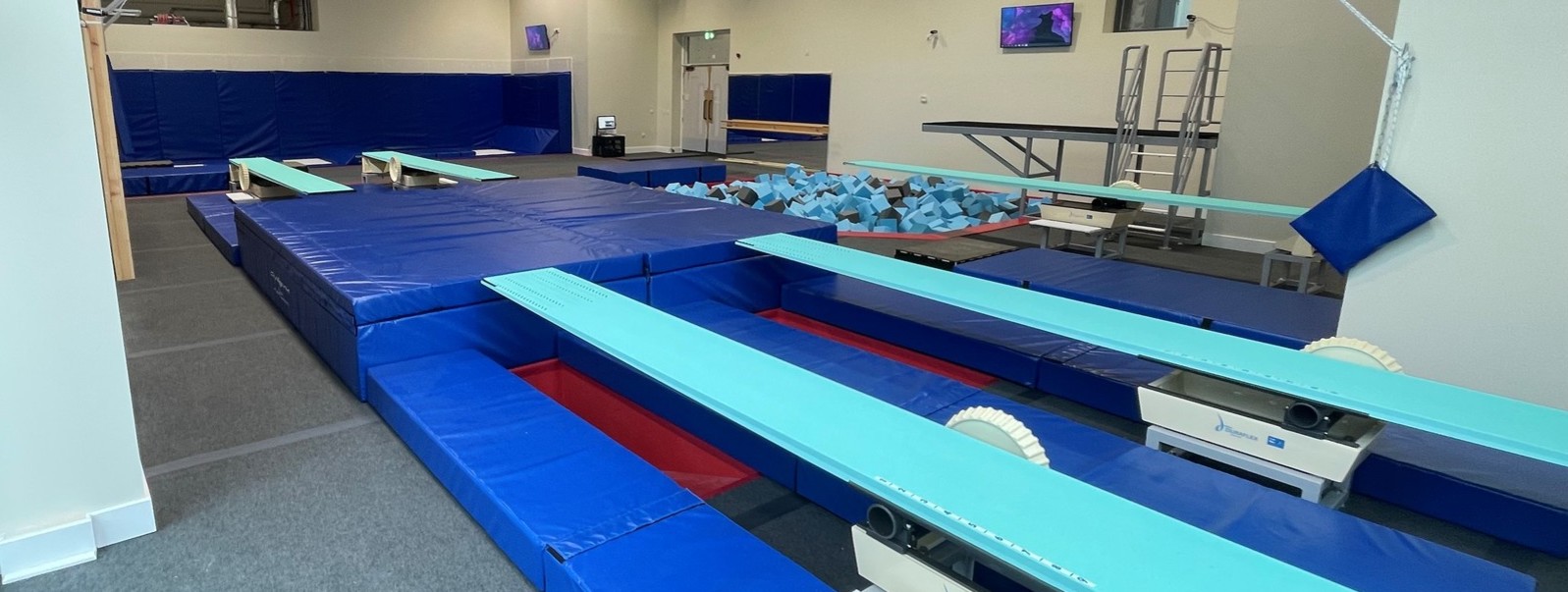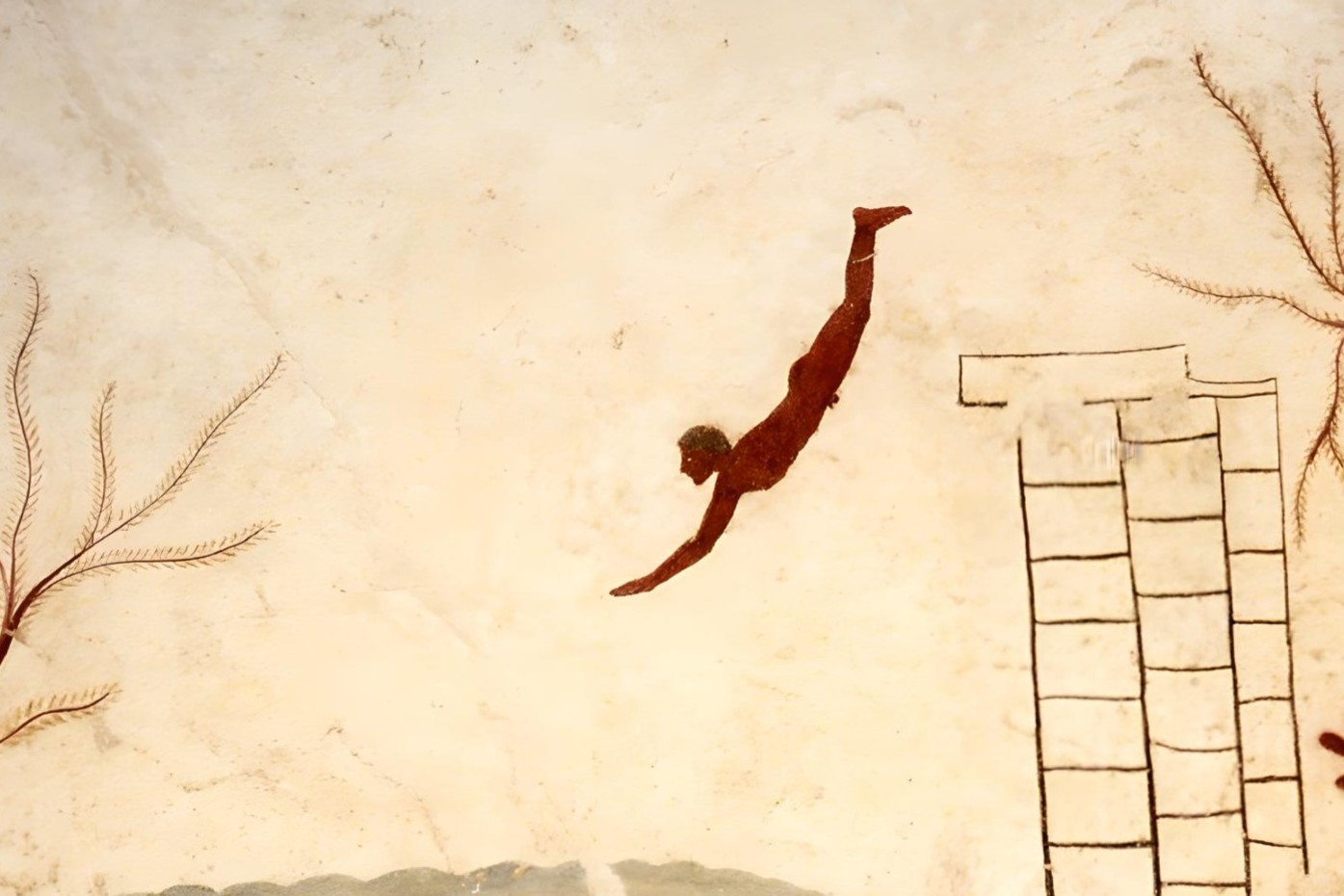A Basic Evolution of Diving
1st April 2024
For centuries diving has been a sport that has captured the imagination of many. From the exhilarating plunges off cliffs by ancient thrill-seekers to the incredible acrobatic feats that we are familiar with by Olympians of today. Diving has evolved hugely over this period. In this article let’s take a journey through the history of the sport focusing on how regulation and technology has changed how we perceive the sport today.
Early Origins and Competitions
Diving has ancient origins that date back thousands of years, it was first depicted in an ancient Greek fresco in the Tomb of the Diver (5th Century BCE). Although this is the earliest documentation, we can assume that humans have been performing these acrobatics for much longer. As diving developed, naturally competitions emerged in the 19th century in the UK, individuals testing their abilities against the best. Competitions featured various types of dives, from different heights and positions.


Standardisation and Regulation
With competition evolves the need to measure both difficulty and execution. Firstly, a tariff value was introduced to assess dive difficulty. Then rules were established to ensure that each competition had fair judging, this is usually difficult in judging that is subjective. Finally, inclusion of women’s diving in the Olympics highlighted the need for standardized equipment and techniques as the sport got more and more popular.
Introduction of the Duraflex Springboard
By the mid-50s there was a recognised need for a more standardised piece of equipment. In 1960 the Duraflex Maxiflex Model B diving board emerged. Designed by Ray Rude, it revolutionized competitive diving with more advanced engineering. Made of aircraft aluminium alloy, featuring perforations for better grip and reduced air resistance this board sparked a new age for diving.
Future Innovations
It is crucial for diving that we continue to develop. Training methods, nutrition and sports psychology has allowed athletes to perform better, stronger, and more than we ever have in the sports history. It is our responsibility to explore further refinements to enhance performance and safety. What new materials and designs could push the boundaries of the sport. Ray Rudes legacy with the Maxiflex Model B continues to allow divers to push their limits, we as innovators must continue to assist in their development.
Divegym continues to investigate further ways to assist clubs and coaches. Our desire is to improve gateways in to diving, to create equipment that is affordable and allows all users to progress. We aim to help create more functional spaces that encourage skill breakdown, strength training and athlete development. How can we interact with diving to learn from our coaches and provide them with what is desired.
Everything starts with an Idea, you could be the one to spark the next innovation.

Share this post:

